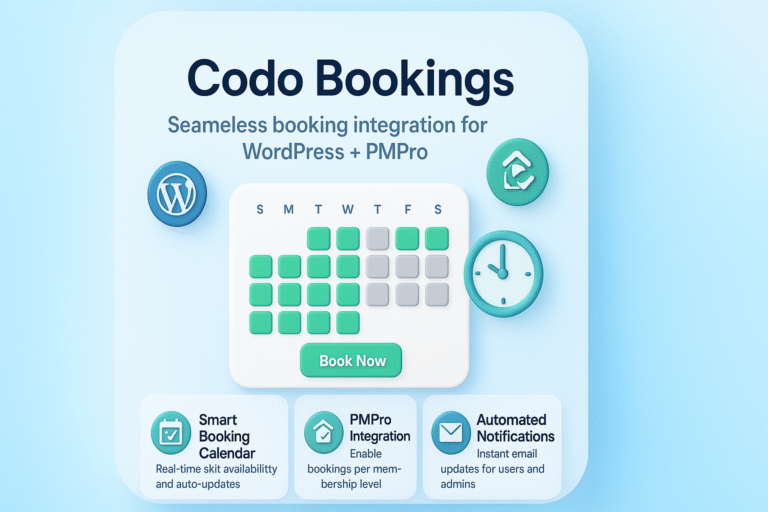Views: 159
Migrating a website can often feel overwhelming, especially when it involves ensuring that not just the visible content, but also the deeper SEO structure, categories, comments, and media files are transferred accurately.
In a recent project, we successfully migrated a complete website from Weebly to WordPress, ensuring that every element — from blog posts and pages to images and comments — was carefully imported without disrupting the website’s SEO, user experience, or traffic flow.

✅ Project Overview
The goal of this migration was clear: move all website data from Weebly to WordPress while preserving as much of the original site’s structure and performance as possible. This meant:
- Migrating all blog posts, pages, and comments.
- Importing all images and media files accurately.
- Maintaining categories and tags relationships.
- Preserving the original URL structure to prevent 404 errors and protect search engine rankings.
- Handling SEO meta information wherever applicable.
- Fixing media path inconsistencies (such as extra folders like
/editor/and/published/) during import. - Minimizing downtime and ensuring a smooth transition for users and search engines.
🔄 The Migration Process
The migration process was broken down into several key phases:
- Content Extraction:
All pages, blog posts, and associated HTML content were carefully extracted from the Weebly platform, ensuring nothing was missed. - Media Handling:
We identified and corrected inconsistencies in image file paths caused by extra folders (/editor/,/published/), ensuring every image was found, uploaded, and linked correctly in WordPress. - Importing to WordPress:
Using a structured approach, we imported the content into WordPress, creating matching pages, posts, and categories while maintaining the site’s hierarchy. - URL Structure Preservation:
Special care was taken to mirror the original URL structure, ensuring that all links (both internal and external) remained valid and functional after the migration. - SEO & Metadata Preservation:
Wherever possible, SEO data like titles, meta descriptions, and slugs were maintained or recreated, so the site’s search engine visibility would not be affected. - Post-Migration Testing:
A thorough quality assurance process was conducted — checking pages, posts, images, links, and comments — to ensure that everything worked perfectly on the new WordPress site.
🚀 Final Results
Thanks to careful planning and execution, the migration was a complete success:
- Zero loss of search traffic.
- All media, comments, and pages correctly transferred.
- All internal and external links functional.
- No broken URLs or missing images.
- Improved content management flexibility using WordPress.
- Smooth user experience post-migration.
This project not only transferred the website content but also future-proofed the client’s online presence by moving to the far more powerful and customizable WordPress platform.
🎯 Conclusion
A properly executed website migration doesn’t just move your content — it protects your online brand, traffic, and SEO authority.
If you’re considering migrating your Weebly website (or any platform) to WordPress, proper planning, SEO preservation, and data accuracy are critical to making it a seamless and successful transition.
Need help with a Weebly to WordPress migration? Feel free to contact us!
